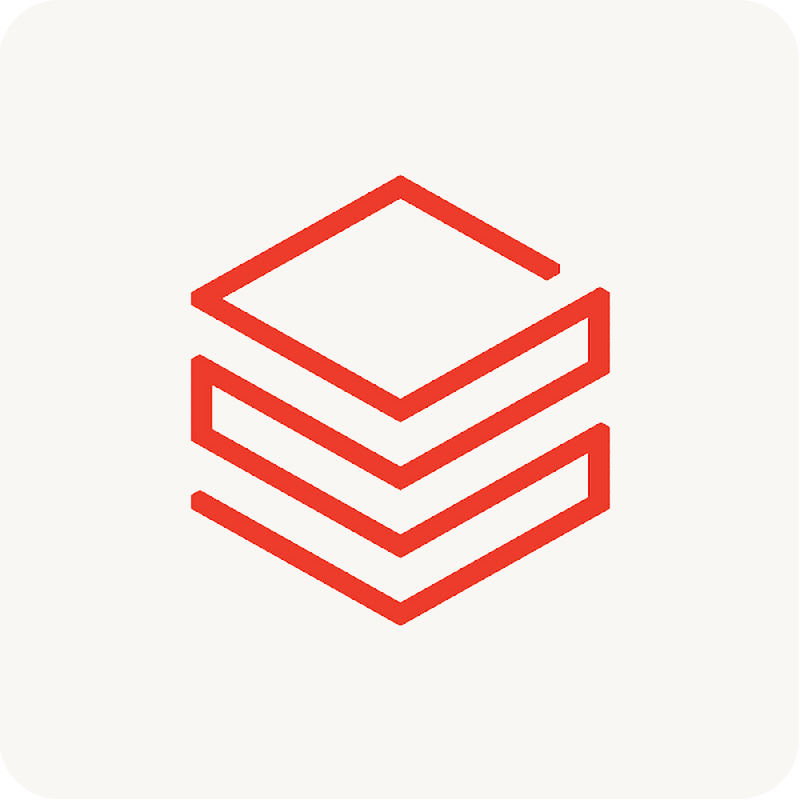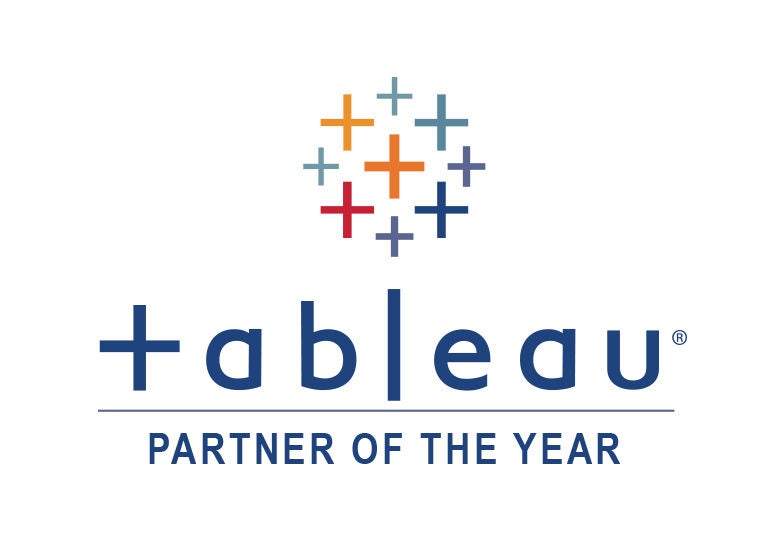Technology is a catalyst for transformation. We partner with the world's leading and emerging technology companies to deliver the best outcomes for you.






































































































We harness the best of technology to solve your biggest challenges
2022 PARTNER LOVE SURVEY
We take our relationships seriously, and our annual partner survey proves it.
Average overall rating on a 100-point scale across 10 core competencies
Average rating of trust in how we work with and deliver for joint customers
Average rating of confidence that our teams bring the right industry, customer, and functional expertise to projects
Partner voices
The best solutions start with trust and collaboration. Find out what our partners have to say about working with Slalom.















